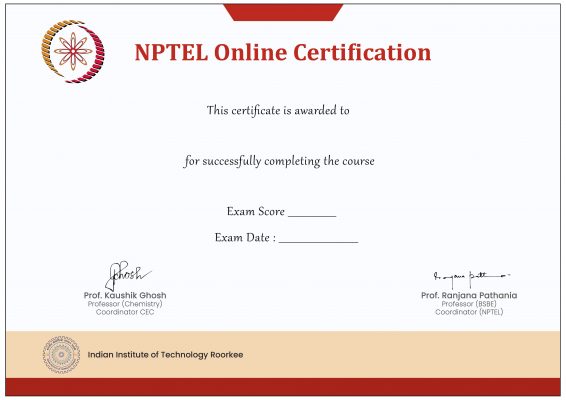Week 1: Introductory overview of Text Mining
– Introductory Thoughts
– Data Mining vs. Text Mining
– Text Mining and Text Characteristics
– Predictive Text Analytics
– Text Mining Problems
– Prediction & Evaluation
– Python as a Data Science Platform
Python for Analytics
– Introduction to Python Installation
– Jupyter Notebook Introduction
Week 2: Python Basics
– Python Programming Features
– Commands for common tasks and control
– Essential Python programming concepts & language mechanics
Built in Capabilities of Python
– Data structures: tuples, lists, dicts, and sets
Week 3: Built in Capabilities of Python
– Functions, Namespaces, Scope, Local functions, Writing more reusable generic functions
Week 4: Built in Capabilities of Python
– Generators
– Errors & Exception Handling
– Working with files
Numerical Python
– N-dimensional array objects
Week 5: Numerical Python
– Vectorized array operations
– File management using arrays
– Linear algebra operations
– Pseudo-random number generation
– Random walks
Python pandas
– Data structures: Series and DataFrame
Week 6: Python pandas
– Applying functions and methods
– Descriptive Statistics
– Correlation and Covariance
Working with Data in Python
– Working with CSV, EXCEL files
– Working with Web APIs
Week 7: Working with Data in Python
– Filtering out missing data, Filling in the missing data, removing duplicates
– Perform transformations based on mappings
– Binning continuous variables
– Random sampling and random reordering of rows
– Dummy variables
– String and text processing
– Regular expressions
– Categorical type
Data Visualization using Python
– Matplotlib Library
– Plots & Subplots
Week 8: Text mining modeling using NLTK
– Text Corpus
– Sentence Tokenization
– Word Tokenization
– Removing special Characters
– Expanding contractions
– Removing Stopwords
– Correcting words: repeated characters
– Stemming & lemmatization
– Part of Speech Tagging
– Feature Extraction
– Bag of words model
– TF-IDF model
– Text classification problem
– Building a classifier using support vector machine




Reviews
There are no reviews yet.